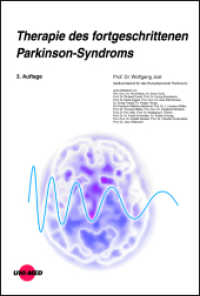Full Description
Stories of the primordial woman who married a bear, appear in matriarchal traditions across the global North from Indigenous North America and Scandinavia to Russia and Korea. In The Woman Who Married the Bear, authors Barbara Alice Mann, a scholar of Indigenous American culture, and Kaarina Kailo, who specializes in the cultures of Northern Europe, join forces to examine these Woman-Bear stories, their common elements, and their meanings in the context of matriarchal culture.
The authors reach back 35,000 years to tease out different threads of Indigenous Woman-Bear traditions, using the lens of bear spirituality to uncover the ancient matriarchies found in rock art, caves, ceremonies, rituals, and traditions. Across cultures, in the earliest known traditions, women and bears are shown to collaborate through star configurations and winter cave-dwelling, symbolized by the spring awakening from hibernation followed by the birth of "cubs." By the Bronze Age, however, the story of the Woman-Bear marriage had changed: it had become a hunting tale, refocused on the male hunter.
Throughout the book, Mann and Kailo offer interpretations of this earliest known Bear religion in both its original and its later forms. Together, they uncover the maternal cultural symbolism behind the bear marriage and the Original Instructions given by Bear to Woman on sustainable ecology and lifeways free of patriarchy and social stratification.
Contents
First, There Is Mother: An Introduction
Barbara Alice Mann and Kaarina Kailo
Part I: Indigenous North America & the Younger Dryas
Barbara Alice Mann Chapter 1: Messengers of Sky, A Traditional Overview
Chapter 2: A New and Frightening Reality, Analysis of Tradition
Part II: Indigenous Eurasia
Kaarina Kailo Chapter 3: Original Instructions, Bear Spirituality and Great Mothers
Chapter 4: First Beings, The Mother behind It All
Conclusion: Retrieval
Barbara Alice Mann and Kaarina Kailo
Bibliography
Index






